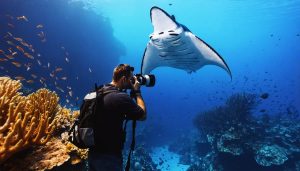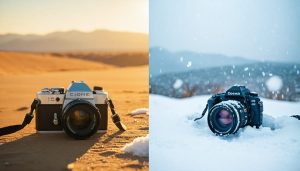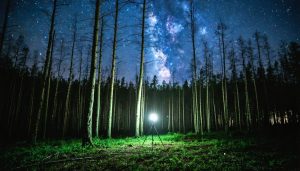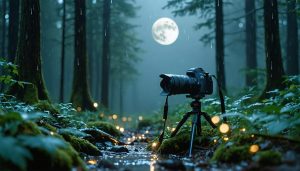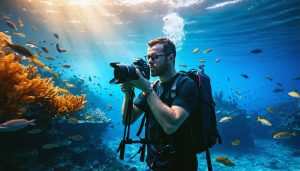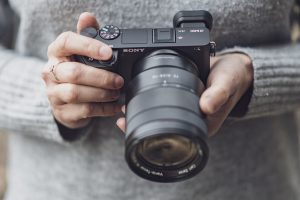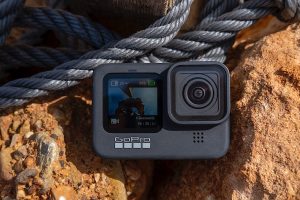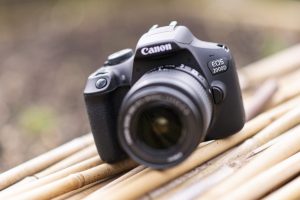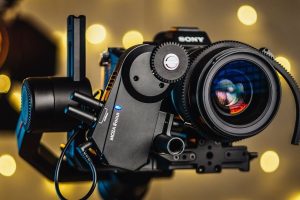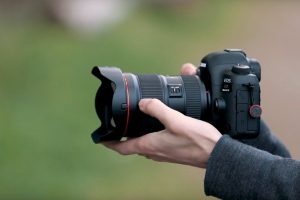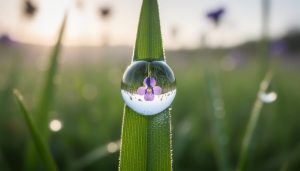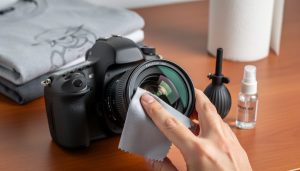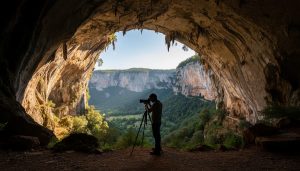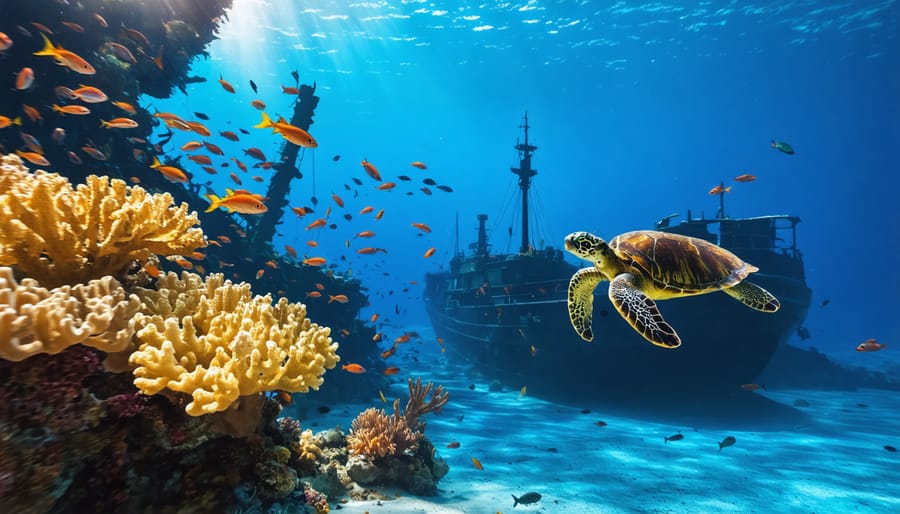
Beneath the surface of our world’s oceans, a select group of photographers has revolutionized how we perceive marine life and underwater ecosystems. From Bruce Mozert’s groundbreaking 1938 underwater housing innovations to modern masters like David Doubilet and Brian Skerry, these visual storytellers have transformed simple captures into powerful tools for ocean conservation and scientific documentation.
Their images—crystalline portraits of endangered species, haunting shipwreck landscapes, and intimate moments with marine mammals—have not only advanced underwater photography techniques but have also played a crucial role in marine conservation efforts worldwide. Through their lenses, these photographers have brought the silent world into sharp focus, revealing both its extraordinary beauty and its increasing vulnerability to human impact.
As pioneers in their field, these photographers have pushed the boundaries of technology and human capability, developing specialized equipment and techniques that have become industry standards. Their work spans decades of evolution in underwater photography, from early black-and-white film experiments to today’s sophisticated digital systems capable of capturing bioluminescent creatures in the ocean’s darkest depths.
This exploration of famous underwater photographers reveals not just their technical mastery, but their lasting impact on how we understand and protect our ocean ecosystems, making their contributions invaluable to both the art world and marine conservation efforts.
Pioneers Who Shaped Underwater Photography
Bruce Mozert: The Father of Underwater Photography
Bruce Mozert revolutionized photography in the 1930s by pioneering underwater shooting techniques that would forever change how we capture life beneath the waves. Working primarily in Florida’s Crystal River and Silver Springs, Mozert created whimsical underwater scenes that seemed to defy reality, featuring models performing everyday activities like mowing lawns, reading newspapers, and having picnics – all underwater.
What made Mozert’s work truly groundbreaking was his innovative approach to equipment design. He crafted his own underwater camera housings using aircraft parts and plexiglass, creating waterproof cases that allowed him to shoot with standard cameras beneath the surface. This DIY approach opened up new possibilities for underwater photography at a time when specialized equipment was virtually non-existent.
His technical innovations included developing underwater lighting techniques and finding creative solutions for dealing with refraction and color distortion. Mozert discovered that using multiple flash units and carefully positioning them could create natural-looking illumination underwater, a technique that remains relevant today.
Beyond his technical contributions, Mozert’s artistic vision helped establish underwater photography as a legitimate art form. His commercial work for Silver Springs attracted tourists from across the country and inspired countless photographers to explore underwater imaging. His legacy lives on in modern underwater photography, where his pioneering spirit and technical innovations continue to influence contemporary photographers exploring the aquatic world.
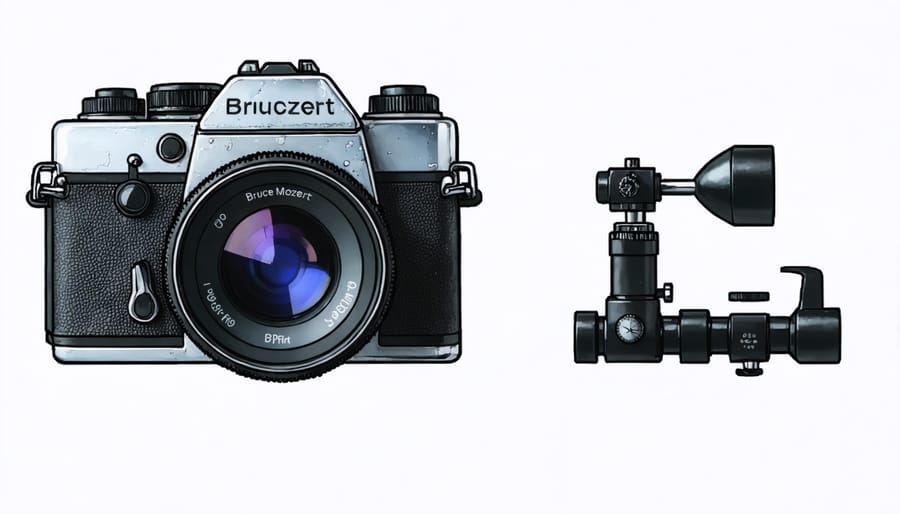
Hans Hass and Lotte Hass: The Dynamic Duo
Hans and Lotte Hass emerged as pioneering forces in underwater photography during the 1940s and 1950s, bringing the mysteries of marine life into living rooms across the globe. The Austrian couple combined their passion for marine biology with groundbreaking photography techniques, creating some of the first underwater color films and documentaries.
Hans Hass initially gained recognition for his innovative underwater housing designs and his daring approaches to photographing sharks, challenging the prevalent fear-based narratives of the time. His scientific background brought a methodical approach to underwater photography, while Lotte, originally his photography assistant, became one of the first female underwater photographers to achieve international acclaim.
Together, they documented marine life in previously unexplored regions, from the Red Sea to the Great Barrier Reef. Their most significant contribution was their development of underwater filming techniques that allowed for extended periods beneath the surface. The couple’s work on the documentary “Adventures in the Red Sea” (1951) set new standards for underwater cinematography and inspired generations of marine photographers.
Beyond their technical innovations, the Hasses used their photography to promote marine conservation, creating a powerful visual narrative that highlighted the beauty and vulnerability of ocean ecosystems. Their legacy lives on through their extensive archive of photographs and films, which continue to influence modern underwater photography techniques and marine documentation approaches.
Modern Masters of the Deep
David Doubilet: National Geographic’s Eye Under the Sea
David Doubilet has been a cornerstone of National Geographic’s underwater photography legacy for over four decades, revolutionizing the way we see life beneath the waves. His most notable contribution to underwater photography is the mastery of the split-shot technique, also known as over-under photography, which simultaneously captures scenes above and below the water’s surface in a single frame.
Doubilet’s signature approach involves using specialized dome ports and careful composition to create images that bridge two worlds. By precisely positioning his camera at the water line, he captures the ethereal interaction between air and sea, often contrasting vibrant coral reefs with dramatic skies or showing how marine life relates to its surrounding environment.
His groundbreaking work in Papua New Guinea’s coral gardens and Antarctica’s icy waters has produced some of the most memorable images in marine photography. His photograph of a coral reef reflecting in the underside of calm waters in the Caribbean became an iconic image that inspired a generation of underwater photographers.
What sets Doubilet apart is his technical precision combined with an artist’s eye for composition. He pioneered the use of multiple strobes underwater to create balanced lighting in challenging conditions, often working with custom-modified equipment to achieve his vision. His work typically employs wide-angle lenses to capture the grandeur of marine environments while maintaining crystal-clear focus both above and below the surface.
Beyond technical achievement, Doubilet’s photographs serve a crucial role in marine conservation. His images of bleached coral reefs, marine pollution, and endangered species have helped raise awareness about ocean conservation issues. Through his lens, abstract environmental concepts become tangible realities that resonate with viewers worldwide.
Today, Doubilet continues to push the boundaries of underwater photography, embracing digital technology while maintaining his distinctive style that merges technical excellence with artistic vision. His work remains a benchmark for aspiring underwater photographers and a powerful tool for marine conservation advocacy.
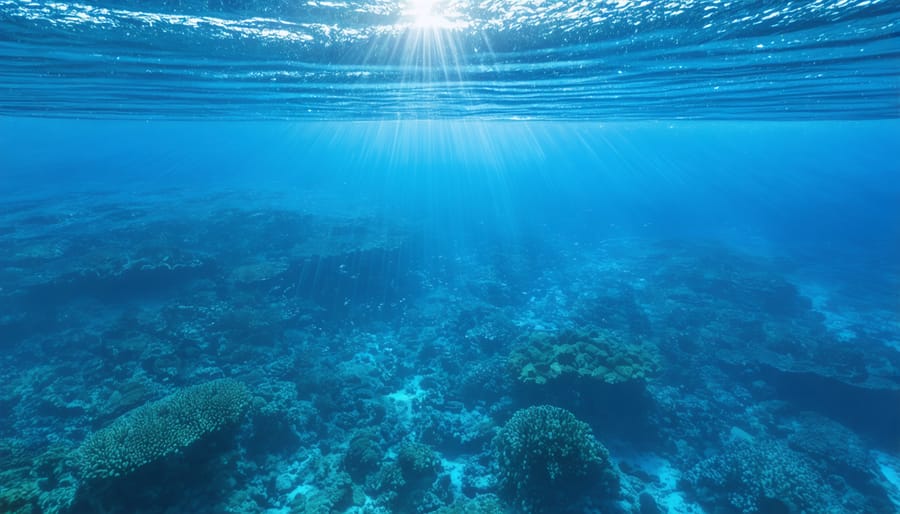
Brian Skerry: Capturing Marine Life Stories
Brian Skerry’s three-decade journey as a National Geographic photographer has redefined underwater photography through his powerful combination of artistic vision and conservation advocacy. Known for capturing intimate moments of marine life, Skerry has spent more than 10,000 hours underwater documenting everything from endangered right whales to elusive tiger sharks.
What sets Skerry apart is his storytelling approach to underwater photography. Rather than simply capturing beautiful images, he creates visual narratives that highlight the complex relationships between marine species and their environments. His groundbreaking work on ocean ecosystems has brought attention to critical issues like overfishing, habitat destruction, and climate change impacts on marine life.
One of Skerry’s most significant contributions has been his documentation of the world’s last intact predator-dominated marine ecosystems. His photographs of sharks, whales, and other apex predators in their natural habitats have helped shift public perception from fear to understanding and appreciation. His image series of right whales, which took over three years to complete, played a crucial role in raising awareness about their critical endangerment.
Skerry’s technical expertise is matched by his patience and dedication. He often spends weeks or months pursuing a single story, waiting for perfect moments that capture both the beauty and vulnerability of marine life. His work has earned him numerous accolades, including multiple Wildlife Photographer of the Year awards, but more importantly, it has inspired a new generation of conservation photographers and marine advocates.
Through his lectures, books, and exhibitions, Skerry continues to bridge the gap between the underwater world and the public consciousness, making marine conservation accessible and compelling to global audiences.
Paul Nicklen: Arctic Waters Specialist
Paul Nicklen stands out among underwater photographers for his remarkable work in the planet’s most extreme environments. As a National Geographic photographer and marine biologist, he’s carved a unique niche capturing life beneath the polar ice, where few photographers dare to venture.
What sets Nicklen apart is his ability to document intimate moments with arctic and antarctic marine life while enduring extreme conditions. Working in waters as cold as -2°C (28°F), he’s captured unprecedented images of leopard seals, narwhals, and polar bears in their natural habitat. His most famous series includes a remarkable encounter with a leopard seal that attempted to feed him penguins, showcasing these predators’ unexpected behavior.
Nicklen’s technical expertise in cold-water photography is matched by his innovative approach to lighting in ice-covered environments. He often uses multiple strobes positioned through ice holes to illuminate the underwater landscape, creating ethereal images that reveal the hidden beauty of polar ecosystems.
Beyond his technical skills, Nicklen’s work serves a crucial purpose in environmental conservation. His photographs provide compelling evidence of climate change’s impact on polar regions, documenting everything from changing ice patterns to shifting wildlife behavior. This combination of artistic excellence and environmental advocacy has earned him numerous awards, including World Press Photo awards and the prestigious Wildlife Photographer of the Year.
For aspiring photographers interested in arctic waters, Nicklen emphasizes the importance of proper preparation and equipment maintenance in extreme conditions. He regularly uses specialized housing units for his cameras and has developed techniques for preventing gear freezing, skills he often shares through workshops and presentations.
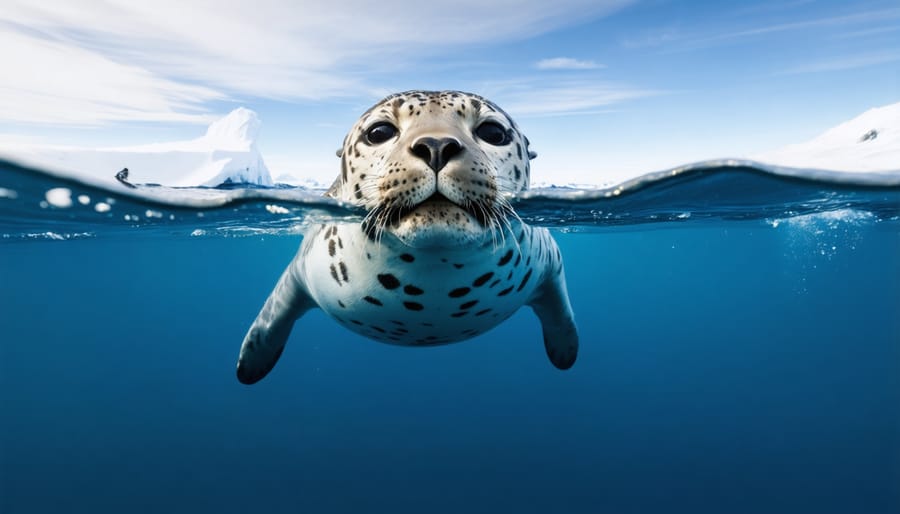
Their Gear and Techniques
Essential Underwater Camera Systems
Capturing the underwater world requires specialized equipment that can withstand extreme conditions while delivering professional-quality images. Understanding these essential gear and techniques is crucial for anyone serious about underwater photography.
At the heart of modern professional underwater camera systems are housings that protect cameras from water pressure and corrosion. These housings, typically made from aluminum or high-grade polycarbonate, can cost anywhere from $1,500 to $5,000 or more, depending on the camera model and depth rating.
Strobes or underwater flashes are indispensable for bringing out colors that naturally fade with depth. Most professionals use dual strobe setups to create even lighting and eliminate unwanted shadows. Wide-angle and macro lenses are standard choices, with dome ports for wide-angle shots and flat ports for macro photography.
Modern digital cameras have revolutionized underwater photography with features like high ISO performance and advanced autofocus systems. Full-frame mirrorless cameras have become increasingly popular due to their compact size and excellent image quality. However, many photographers still prefer traditional DSLRs for their robust build and extensive lens selection.
Additional essential accessories include focus lights, color correction filters, and backup O-rings. Proper maintenance of this equipment is crucial, as even minor floods can result in catastrophic damage. Many photographers also carry redundant systems during important shoots to ensure they never miss a critical moment beneath the waves.
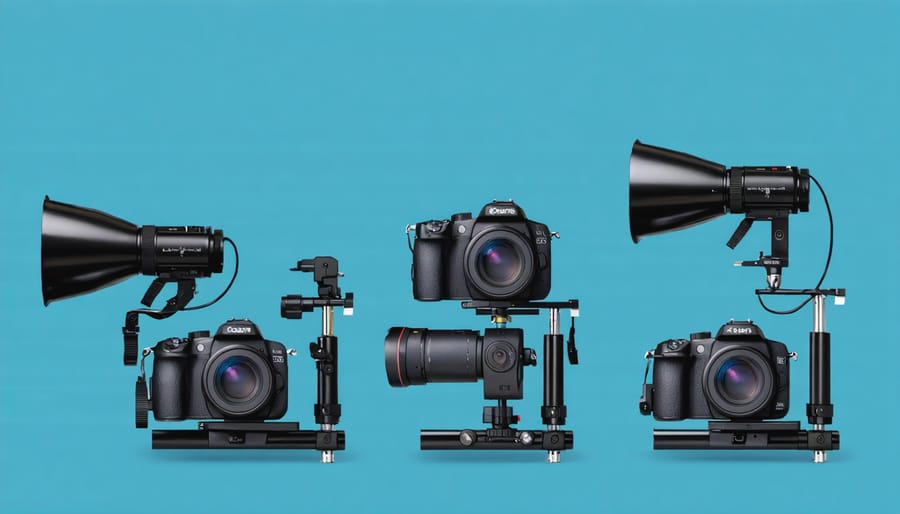
Lighting and Composition Strategies
Mastering underwater photography requires a deep understanding of underwater lighting techniques and compositional elements that differ significantly from traditional photography. The underwater environment presents unique challenges, with water absorbing different wavelengths of light as depth increases, causing colors to appear muted or blue-tinted.
Successful underwater photographers typically employ multiple strobes or flash units positioned at 45-degree angles to their subjects, creating even illumination while minimizing backscatter – those unwanted floating particles that appear as bright spots in images. Many professionals use wide-angle lenses for seascapes and larger marine life, switching to macro lenses for capturing intricate details of smaller creatures.
Composition underwater follows similar principles to land photography but requires additional consideration for buoyancy and movement. The rule of thirds remains crucial, but photographers must also account for the three-dimensional space and constantly moving subjects. Leading lines created by coral formations or sand patterns can guide viewers’ eyes through the image, while negative space helps isolate subjects against the blue water background.
Color management underwater requires careful attention to depth and distance. Red light disappears first at around 15 feet, followed by orange and yellow. Professional underwater photographers often use color correction filters or adjust their strobe intensity to compensate for this color loss, ensuring vibrant, true-to-life images that capture the ocean’s natural beauty.
Working with natural light from the surface can create stunning effects, particularly in shallow waters where sun rays create dramatic light beams. These “god rays” add depth and dimension to underwater photographs, especially when combined with strategically placed artificial lighting.
Environmental Impact and Legacy
Underwater photographers have played a pivotal role in shaping public perception of marine ecosystems and driving conservation efforts worldwide. Through their lenses, these artists have brought the hidden depths of our oceans into sharp focus, creating a powerful emotional connection between viewers and marine life that continues to inspire environmental action.
Pioneers like Jacques Cousteau didn’t just capture images; they sparked a global movement. Their work revealed the beauty and fragility of coral reefs, the majesty of whale migrations, and the devastating impact of ocean pollution. This visual documentation became crucial evidence in marine conservation efforts and policy-making decisions.
Modern underwater photographers have built upon this foundation, evolving into passionate advocates for ocean protection. Their work in marine wildlife conservation photography has exposed critical issues like plastic pollution, coral bleaching, and endangered species preservation. These images have become powerful tools in environmental campaigns, scientific research, and public education initiatives.
The impact of their work extends beyond awareness. Many photographers have established foundations and conservation programs, channeling their influence and resources into direct action. Brian Skerry’s documentation of endangered marine species has contributed to the creation of marine protected areas, while David Doubilet’s coverage of coral reef degradation has influenced international climate change discussions.
These photographers have also revolutionized underwater photography techniques with an emphasis on minimal environmental impact. They’ve developed methods for approaching marine life without causing stress, established guidelines for responsible underwater photography, and promoted the use of non-invasive equipment and practices.
Their legacy continues through educational programs and workshops that train the next generation of underwater photographers to be both skilled artists and ocean stewards. Many have partnered with marine research institutions, providing valuable visual data for scientific studies while raising awareness about ocean conservation challenges.
The environmental impact of underwater photography extends to social media and digital platforms, where striking images of marine life reach millions instantly, creating viral moments that spark conversations about ocean protection and inspire immediate action for marine conservation.

